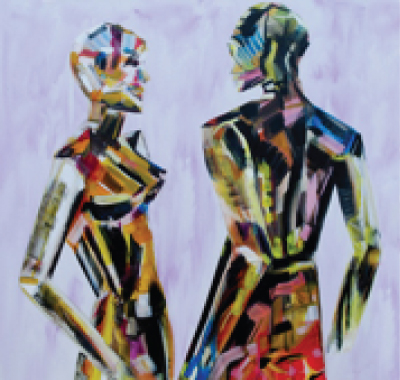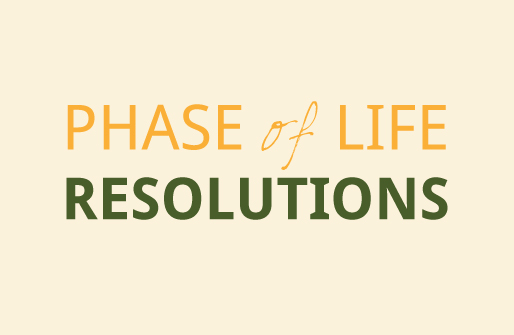Somatic Psychotherapy sees the body and the mind as one in the same, or perhaps as one as an extension of the other. The body is as much a reflection of our psyche as our art, music, and thoughts. The therapy looks at this connection of mind and body and uses both psychotherapy and physical therapies for holistic healing. In addition to talk therapy, somatic therapy practitioners use mind-body exercises and other physical techniques to help release the pent-up tension that is negatively affecting your physical and emotional wellbeing.
Anyone dealing with conditions including stress, anxiety, depression, grief, addiction, relationships challenges, as well as issues related to trauma and abuse can approach those issues from a somatic standpoint. The somatic approach goes beyond the story that the mind has formed about the issues. Instead, it encourages the body’s sensations to lead you through the event, resolving the memory from a nervous system perspective. Somatic therapy can be helpful for those for whom traditional remedies have not been helpful for chronic physical pain, digestive disorders, and other medical issues.
In a typical somatic session, the therapist might help the client address memories of challenging experiences while the therapist pays attention to any physical responses that accompany the memory. Physical techniques, such as deep breathing, relaxation exercises, movement, and meditation are then used to help relieve symptoms.

The theory behind somatic therapy is that the mind, body, spirit, and emotions are all related and a reflection of one another. As a result, the stress of past emotional and traumatic events affects the central nervous system and can become lodged in the body manifesting as altered facial expressions and posture as well as stress, physical pain or even disease. Through developing awareness of the body’s expression of the challenging memory and using specific interventions, somatic therapy helps you to release the tension, anger, frustration and other emotions that remain in your body from these past negative experiences. The goal is to help free you from the stress and pain that is preventing you from fully engaging in your life.
Addressing stress, trauma, and anxiety through the lens of the body can be a quite functional way to bypass all the stories that we have told ourselves about why we are the way we are. As a method, it simply asks “Am I keyed up or am I keyed down”? Sometimes it is not necessary to ask why there is angst, but instead to learn to live more calmly through allowing the nervous system to move through the tension and reorganize in a more resolved manner.
Related Reading:
https://onbeing.org/programs/bessel-van- der-kolk- how-trauma- lodges-in-the-body- mar2017/
Bessel Van der Kolk, The Body Keeps the Score: Mind, Brain and Body in the Transformation of Trauma, 2015
Peter A. Levine, Waking the Tiger: Healing Trauma Paperback, 1997
David Emerson, Overcoming Trauma through Yoga: Reclaiming Your Body, 2011


